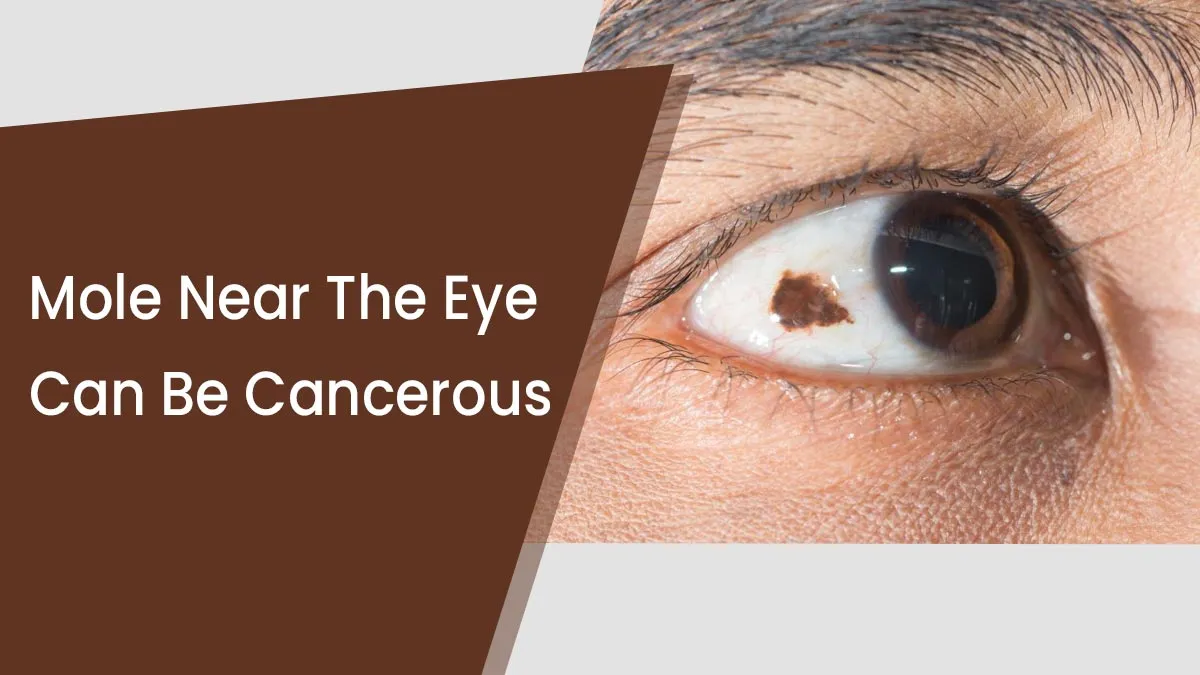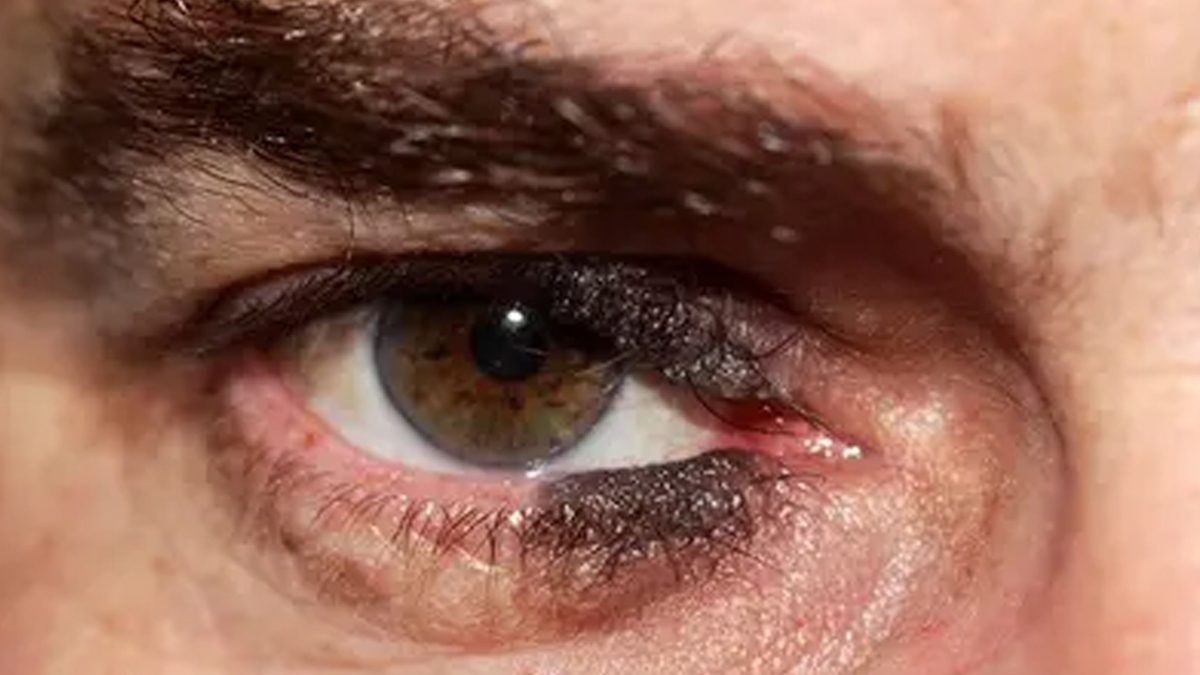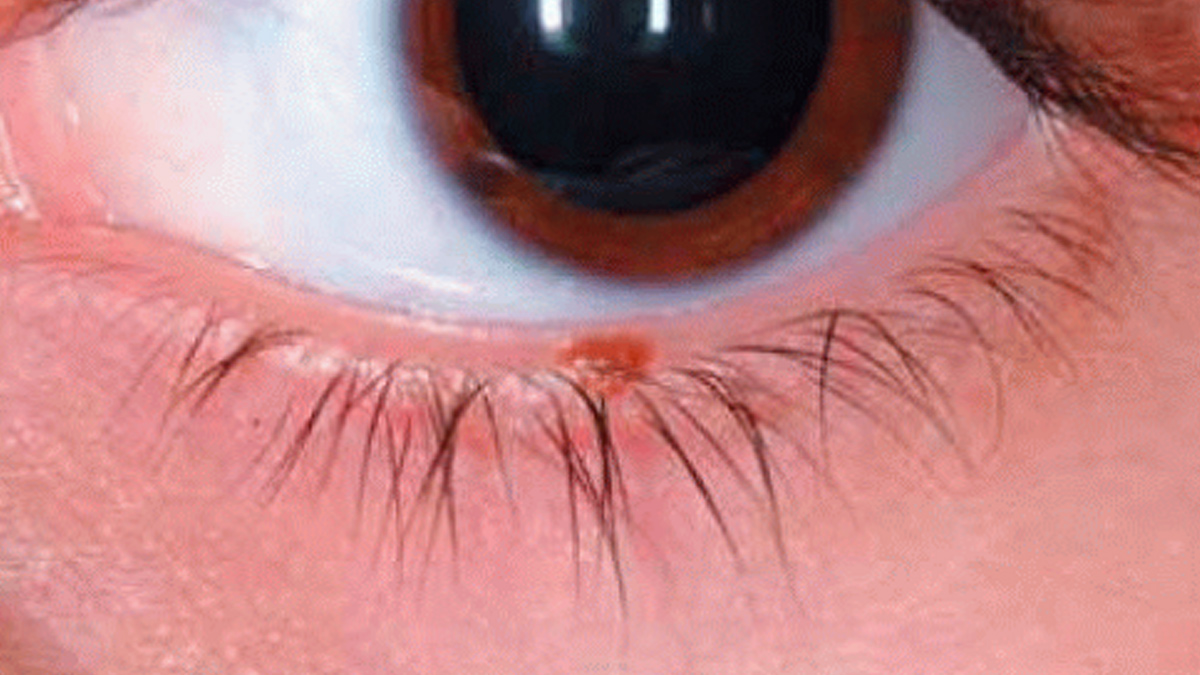
It's simple to overlook tiny changes near our eyes if they don't hurt or create issues immediately. Most individuals believe a small mole or dark spot on the eyelid is harmless. However, what appears to be a minor concern can become serious if not addressed. Our eyes are sensitive, and even a small spot should be seen by an eye care professional. Read ahead to know why you should never ignore a junctional nevus around the eye, what it causes, and when to consult a doctor.
Table of Content:-
What Is a Junctional Nevus Around the Eye?
View this post on Instagram
Dr Shubha Raghuram, Oculoplastic and Cataract Surgeon, Shubhanu Eye Hospital, Haldwani, explains, “Have you noticed a dark spot or mole on someone’s eyelid? Don’t ignore these eyelid moles. It might look harmless, but in some cases, it may not be!” She says, “You must have seen a sesame seed-like spot in someone’s eyes. We call it junctional nevi or nevus. The name may sound strange, but it simply means an accumulation of melanin in the skin, which looks like a small, dark seed.”
These marks are normally present in most individuals and don't pose any issues. They're merely agglomerations of pigment cells that may appear as flat, brown, or black moles along the skin surrounding the eye or eyelid.
Causes and Risks of Junctional Nevus![Junctional Nevus Near the Eye 2 - 2025-06-10T120810.997]()
Junctional nevi are present at birth or appear in childhood or adolescence. They occur when melanocytes accumulate at the junction of the outer and inner skin layers. They remain steady in size and colour for many years. But Dr Raghuram cautions, "If this sesame seed is developing slowly, its colour is turning darker, or it is itching, bleeding, or altering its shape, then do not neglect it at all." Such changes may at times indicate a risk of skin cancer, particularly a condition known as Basal Cell Carcinoma. Although the majority of junctional nevi are benign, a few of them can become cancerous with the passage of time.
When to Seek Medical Advice
It's crucial to observe any change in a mole or dark spot close to your eye. Visit an oculoplastic surgeon or eye specialist if you observe:
- The spot is increasing in size
- The colour darkens or becomes uneven
- It begins to itch, bleed, or cause pain
- The shape is irregular or rapidly changing
The expert advises seeing an oculoplastic surgeon. Early detection and treatment can avert serious issues and save your eyesight. A study published in the Ophthalmic Plastic and Reconstructive Surgery journal showed that although the majority of eyelid nevi are benign, frequent observation is recommended. The study suggests removing or biopsying any lesion with suspicious changes to prevent complications through early intervention.
Things You Must Keep In Mind![mole near the eye 1 - 2025-06-10T120808.792]()
- Don't disregard any new or evolving spots around your eyes.
- Most junctional nevi are benign, but others are not.
- Monitor for growth, colour shifts, itching, bleeding, or shape changes.
- Visit an eye doctor right away if you see any of these signs.
ALSO READ: What Are the Negative Effects of Contact Lenses? How It May Cause Hypoxia in the Eye
Conclusion
A small spot near your eye may seem harmless, but your eyes are delicate and need careful attention. If you notice any changes like growth, colour shifts, itching, or bleeding, don’t ignore them. These could be signs of a more serious issue. Consulting an eye specialist early can help catch problems before they worsen. Most junctional nevi are harmless, but staying alert and getting expert advice when needed is key to protecting your eye health and vision. Taking care of these small signs can make a big difference in the long run.
Also watch this video
How we keep this article up to date:
We work with experts and keep a close eye on the latest in health and wellness. Whenever there is a new research or helpful information, we update our articles with accurate and useful advice.
Current Version

